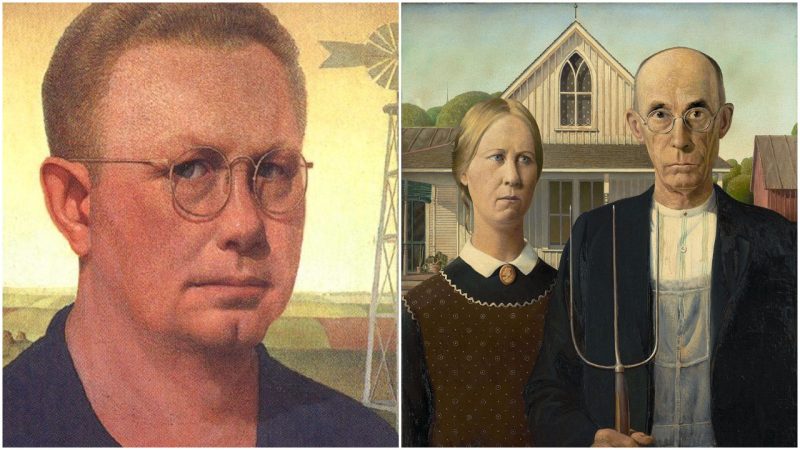The famous painting named “American Gothic” was painted by Grant Wood in 1930, and is one of the most recognizable American paintings of the 20th century.
Before painting the “American Gothic”, Wood was a little-known painter from Iowa, but the prices of his works spiked once the painting became an instant classic. Nowadays, the painting is praised as the primary work of American Regionalism.
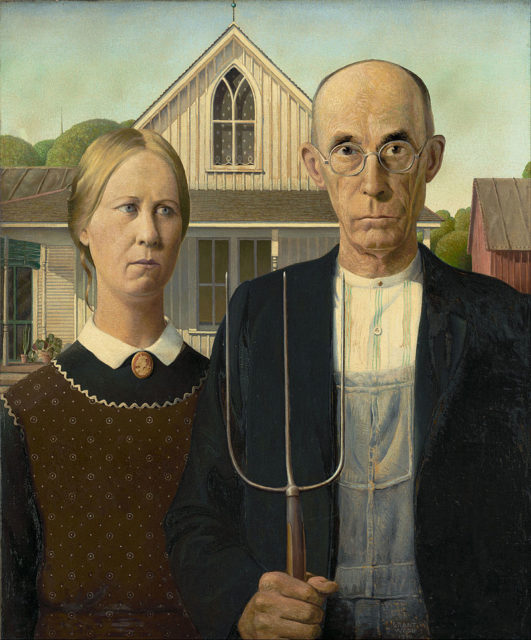
In 1930, the painting appeared in newspapers across the United States, and many art critics considered it as a satire of rural small-time life: prominent novelist Gertrude Stein and Christopher Morley, one of the founders of the “Saturday Review of Literature”, praised Wood for his insightful critique of rural traditionalism and God-fearing conservatism.
When the painting appeared in the “Cedar Rapids Gazette”, Iowans were furious because they thought Wood depicted them as grim-faced puritanical Bible-thumpers. Wood responded to this by stating that he never meant to mock Iowans, but to honor them.
He also responded to the art critics of the time and rejected their interpretation of the painting. The inspiration for the painting came from an old house built in the style of the Gothic Revival, which Wood saw in the small town of Eldon in the Wapello County, Iowa.
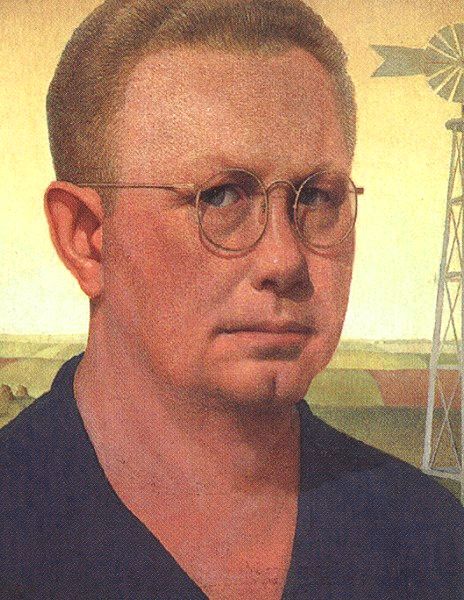
Although his initial sketches featured the house without the figures in front of it, he decided to paint the house along with its inhabitants, which he imagined as humble and hardworking.
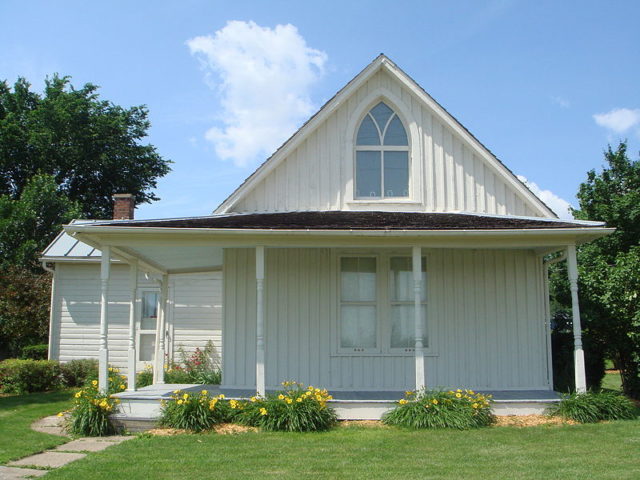
The composition and technique of the “American Gothic” were inspired by the artists of the Northern Renaissance, whose works Wood admired in French museums during his visits to Europe. The models for the couple in the painting were Wood’s sister Nan and his dentist Dr. Byron McKeeby.
Although Wood imagined the couple as a husband and wife, his sister insisted that the painting depicted a father and his spinster daughter because she thought Dr. McKeeby looked much older than her.
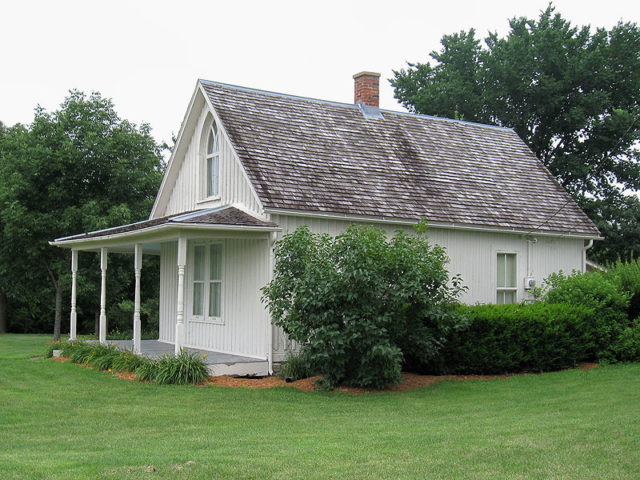
The popularity of the “American Gothic” reached its peak during the Great Depression, when the painting was praised as a traditional representation of hardworking men and women and a representation of the American pioneer spirit.
Nowadays, the painting is both praised and satirized; it appeared as a symbol of conservatism in many comedies and cartoons, and contemporary art critics have various opinions on the meaning of its symbolism. In any case, “American Gothic” remains a valuable piece of American heritage.
